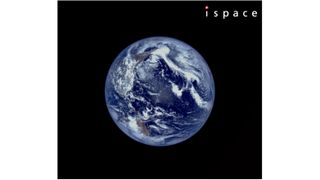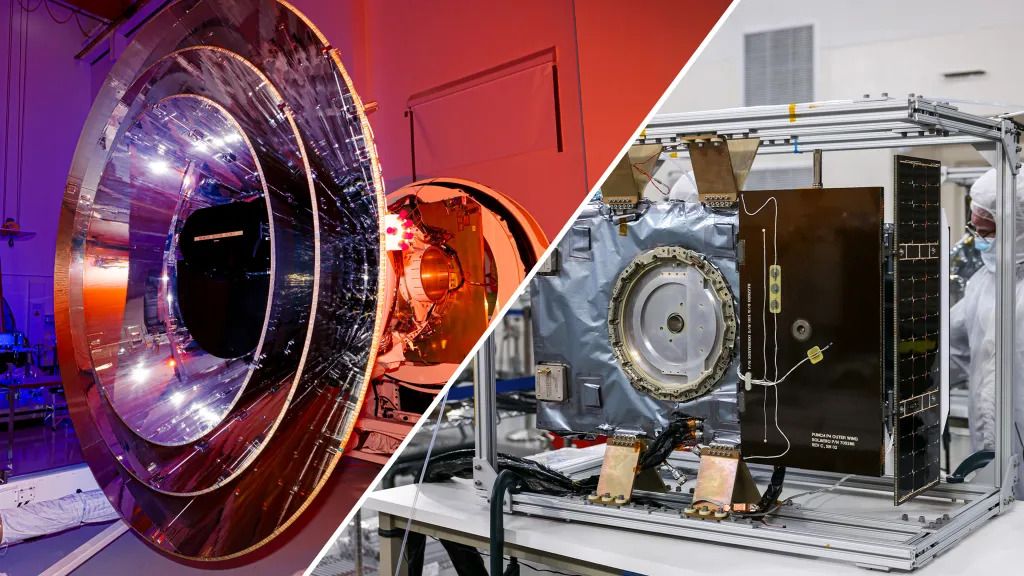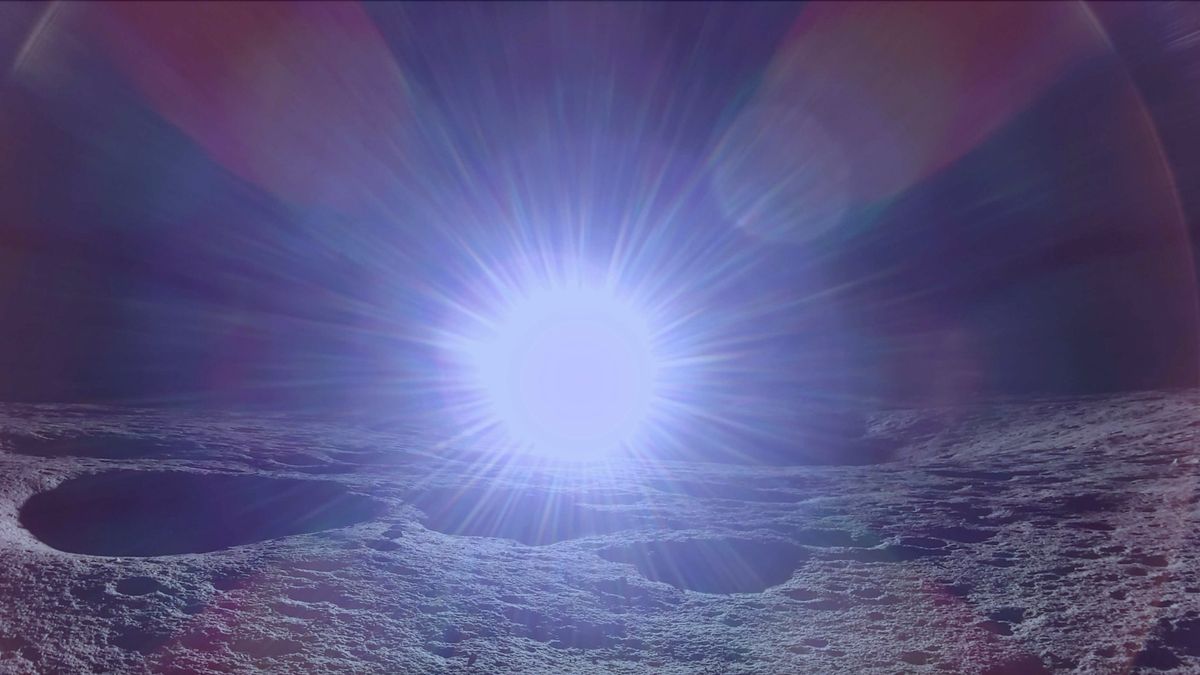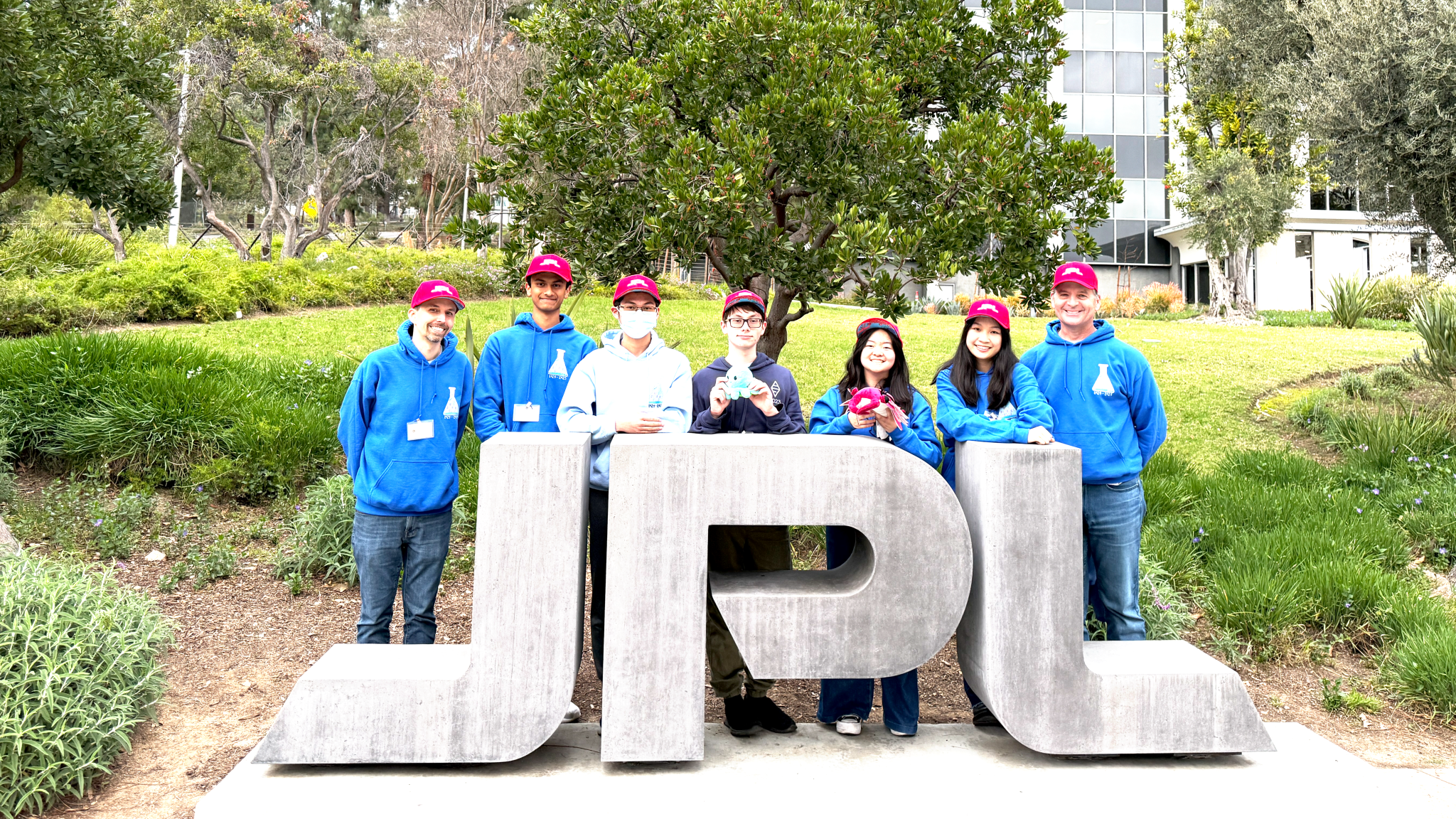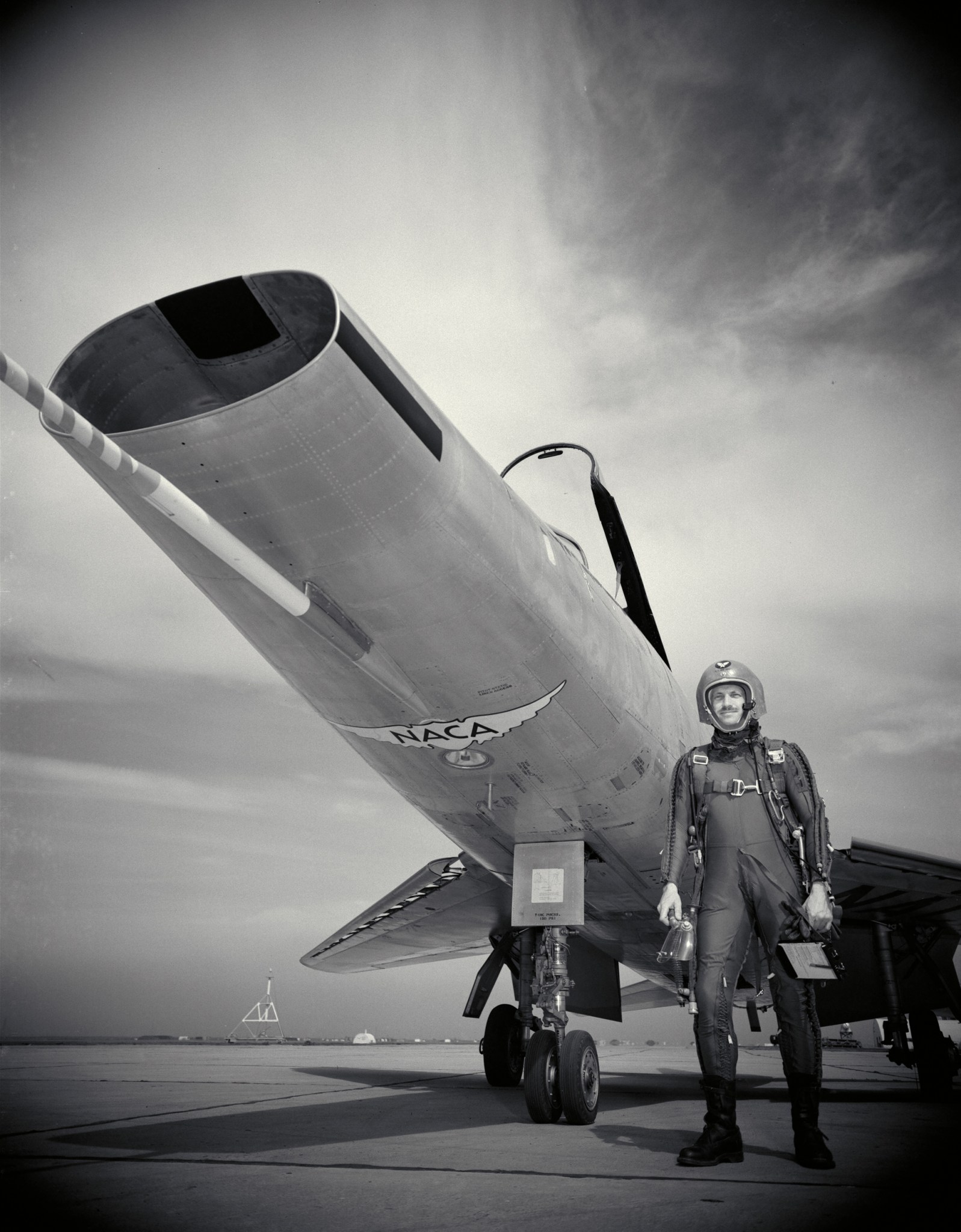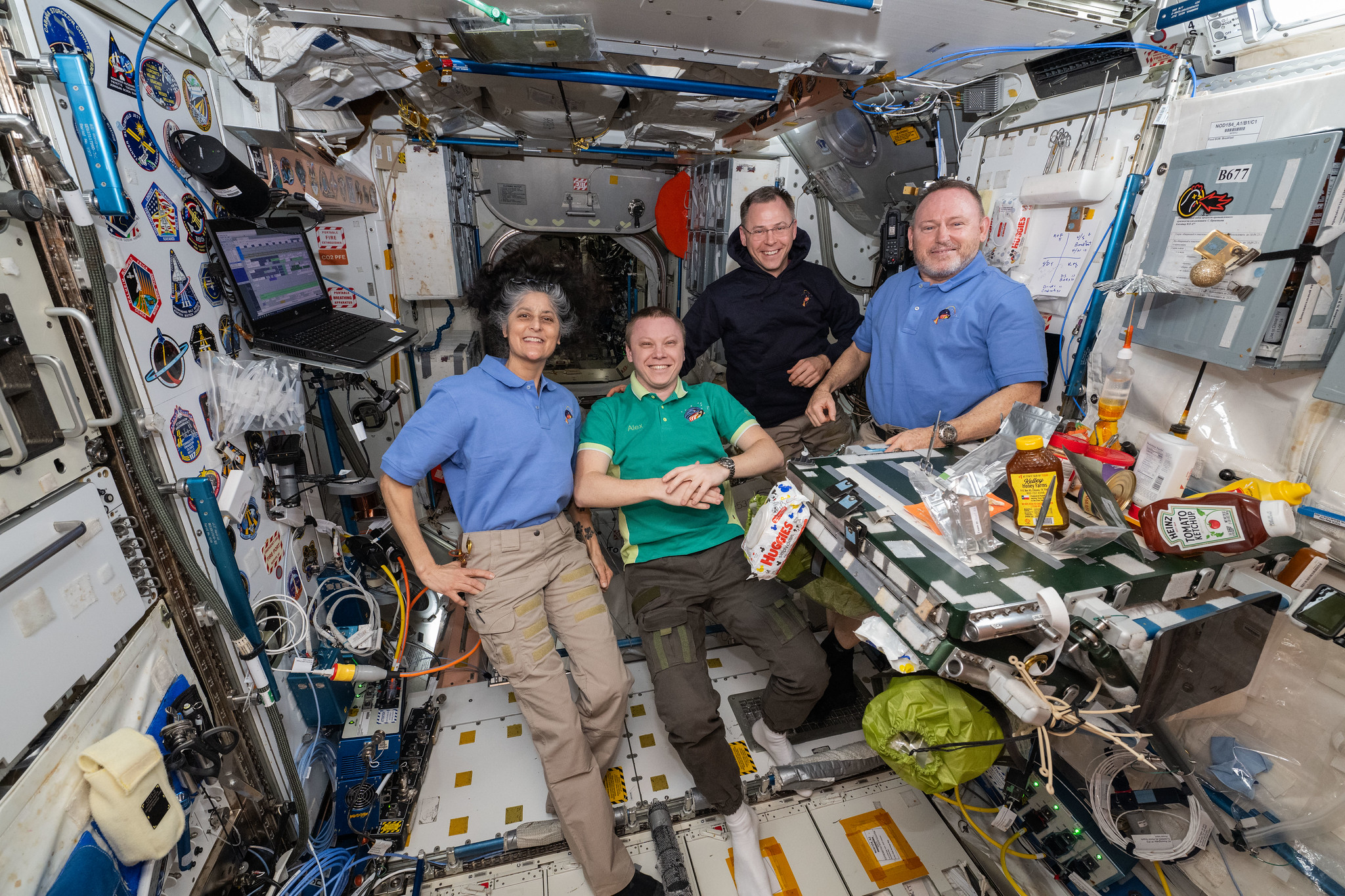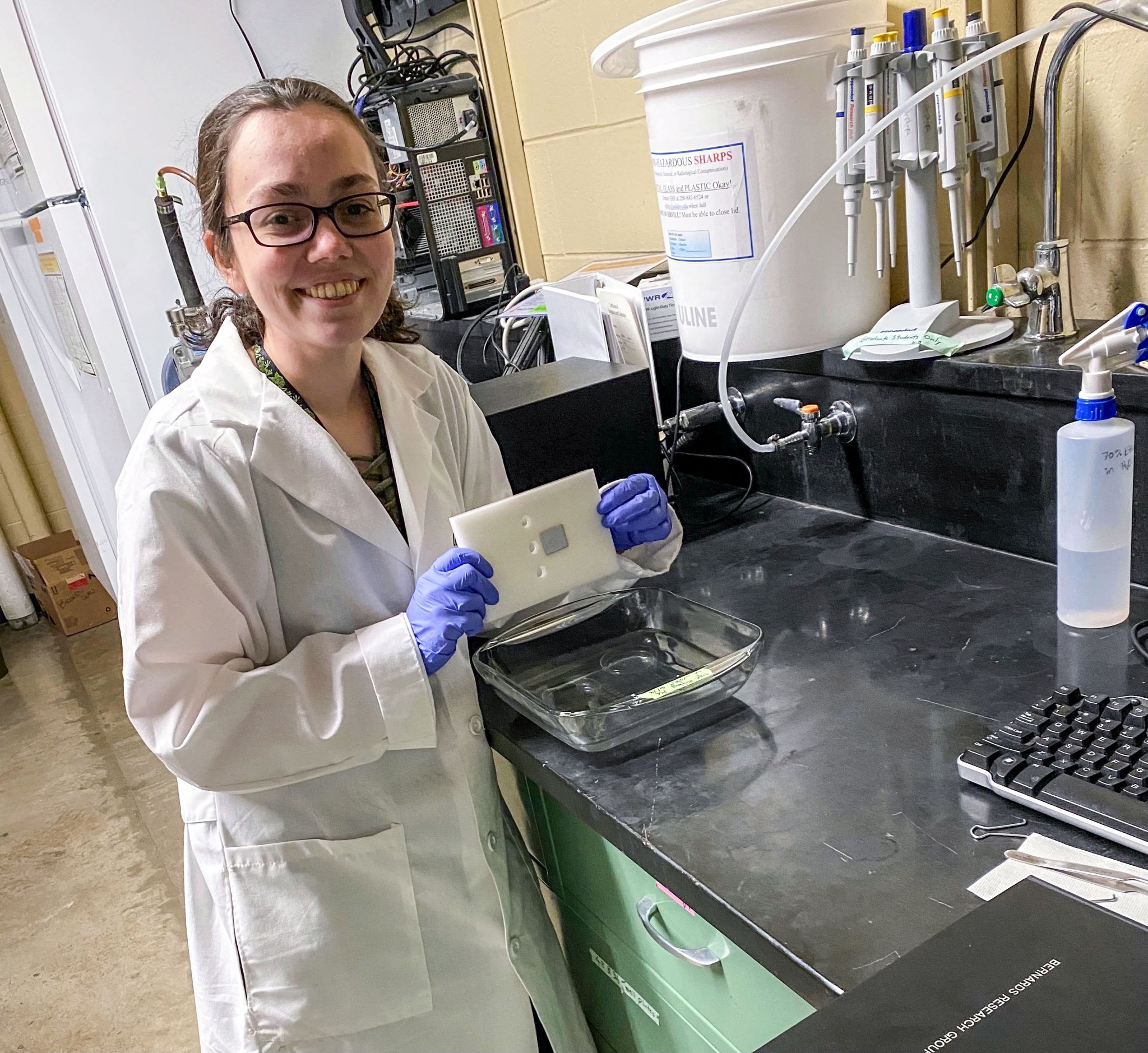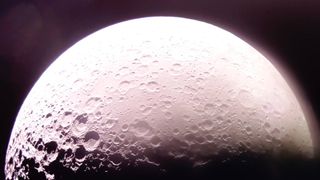Carrying a suite of NASA science and technology, Firefly Aerospace’s Blue Ghost Mission 1 successfully landed at 3:34 a.m. EST on Sunday, March 2, 2025, near a volcanic feature called Mons Latreille within Mare Crisium, a more than 300-mile-wide basin located in the northeast quadrant of the Moon’s near side.
Read MoreAuthor: NeRD
See Earth shine like a Blue Marble in this stunning photo by Japan’s private Resilience moon lander
The private Resilience moon lander now has a target touchdown date. The Tokyo-based company ispace, which built and operates Resilience, announced Monday (March 3) that it’s eyeing June 5 for the spacecraft’s lunar touchdown attempt. The current plan calls for Resilience to land that day at 3:24 p.m. EST (2024 GMT) near the center of Mare Frigoris (“Sea of Cold”), a basaltic plain in the moon‘s northern reaches. But that’s not set in stone. An image of Earth taken by the private Resilience lunar lander on Feb. 18, 2025. (Image…
Read MoreNASA delays launch of SPHEREx and PUNCH missions to March 6
NASA’s SPHEREx and PUNCH missions will need to wait a little longer before heading to space. After delaying the launch of these missions three times — they were originally slated to take to the skies on Feb. 27 — the space agency has postponed liftoff once again for SPHEREx and PUNCH. Both payloads will still be launching aboard the SpaceX Falcon 9 rocket selected for the task, which had most recently targeted Tuesday (March 4) for launch. Now, the pair will remain Earth-bound until Thursday (March 6). They’ll liftoff from…
Read MoreSpaceX calls off Starship Flight 8 launch test due to rocket issues (video)
The next Starship megarocket to fly is stuck on Earth for a little while longer. SpaceX aimed to launch the eighth test flight of Starship — the biggest and most powerful rocket ever built — from its Starbase site in South Texas on Monday evening (March 3). That didn’t happen, however. The company encountered issues with both of the vehicle’s elements — its Super Heavy booster and Ship upper stage — and called the launch off after holding the countdown clock at T-40 seconds. SpaceX’s Flight 8 Starship rocket stands…
Read MoreSunrise on the moon! Private Blue Ghost lander captures amazing shot after historic lunar touchdown (photo)
Firefly Aerospace’s Blue Ghost lander has captured a gorgeous shot of sunrise on the moon as it begins its workday on the lunar surface. Blue Ghost aced its lunar landing attempt on Sunday (March 2), setting down close to Mons Latreille, a solitary lunar peak in the vast basin Mare Crisium (“Sea of Crises”) in the northeastern region of the moon’s near side. And the spacecraft is already getting to work, starting up its science payloads and capturing amazing images of its surroundings and the distant Earth from the lunar…
Read MoreUniversity High Knows the Answers at NASA JPL Regional Science Bowl
3 min read Preparations for Next Moonwalk Simulations Underway (and Underwater) A team from University High School of Irvine, California, won the 2025 regional Science Bowl at NASA’s Jet Propulsion Laboratory on March 1. From left, co-coach Nick Brighton, sophomores Shloke Kamat and Timothy Chen, juniors Feodor Yevtushenko and Angelina Yan, senior Sara Yu, and coach David Knight. NASA/JPL-Caltech In a fast-paced competition, students showcased their knowledge across a wide range of science and math topics. What is the molecular geometry of sulfur tetrafluoride? Which layer of the Sun is…
Read MoreNACA Test Pilot Poses with Plane
NASA In this 1957 photo, George Cooper, a test pilot for the National Advisory Committee for Aeronautics, or NACA, stands next to a North American F-100, a supersonic fighter tested by the NACA. Cooper served as a pilot in World War II before being hired at the NACA’s Ames Aeronautical Laboratory in 1945. Between 1945 and his retirement in 1973, Cooper tested over 135 aircraft, routinely pushing them to their limits. On March 3, 1915, the NACA was established by Congress to “supervise and direct the scientific study of the…
Read MoreNASA Astronauts to Answer Questions from Students in Ohio, Texas
NASA’s Space X Crew-9 members pose together for a portrait. Credit: NASA Students from Ohio and Texas will have the chance to hear NASA astronauts aboard the International Space Station answer their prerecorded questions this week. At 12:55 p.m. EST, Wednesday, March 5, NASA astronauts Suni Williams, Nick Hague, Butch Wilmore, and Don Pettit will respond to questions submitted by students from Puede Network, in partnership with The Achievery in Dallas. At 10:30 a.m., Thursday, March 6, a separate call with NASA astronauts Williams, Hague, and Wilmore, will answer questions…
Read MoreStation Science Top News: Feb. 27, 2025
Preventing biofilm formation in space Ashley Keeley, University of Idaho, holds an anti-bacterial coating sample. University of Idaho Student Payload Opportunity with Citizen Science Team Two anti-microbial coatings reduced formation of biofilms in microgravity and have potential for use in space. Controlling biofilms could help protect human health and prevent corrosion and degradation of equipment on future long-duration space missions. Biofilms, communities of microorganisms that attach to a surface, can damage mechanical systems and present a risk of disease transmission. Bacteria Resistant Polymers in Space examined how microgravity affects polymer…
Read More‘America First’ on the moon? US must ‘dominate’ in space, acting NASA chief says during lunar landing
As a private lunar lander closed in on the moon early Sunday morning (March 2), poised to make history with the first fully successful landing, NASA’s acting chief Janet Petro was excited. And why not? NASA and its commercial partner Firefly Aerospace were just 24 minutes away from what became the successful landing of the Blue Ghost moon lander on the plain of Mare Crisium — a historic soft landing for a privately built spacecraft. The probe is carrying 10 instruments to study the moon for NASA as the agency’s…
Read More